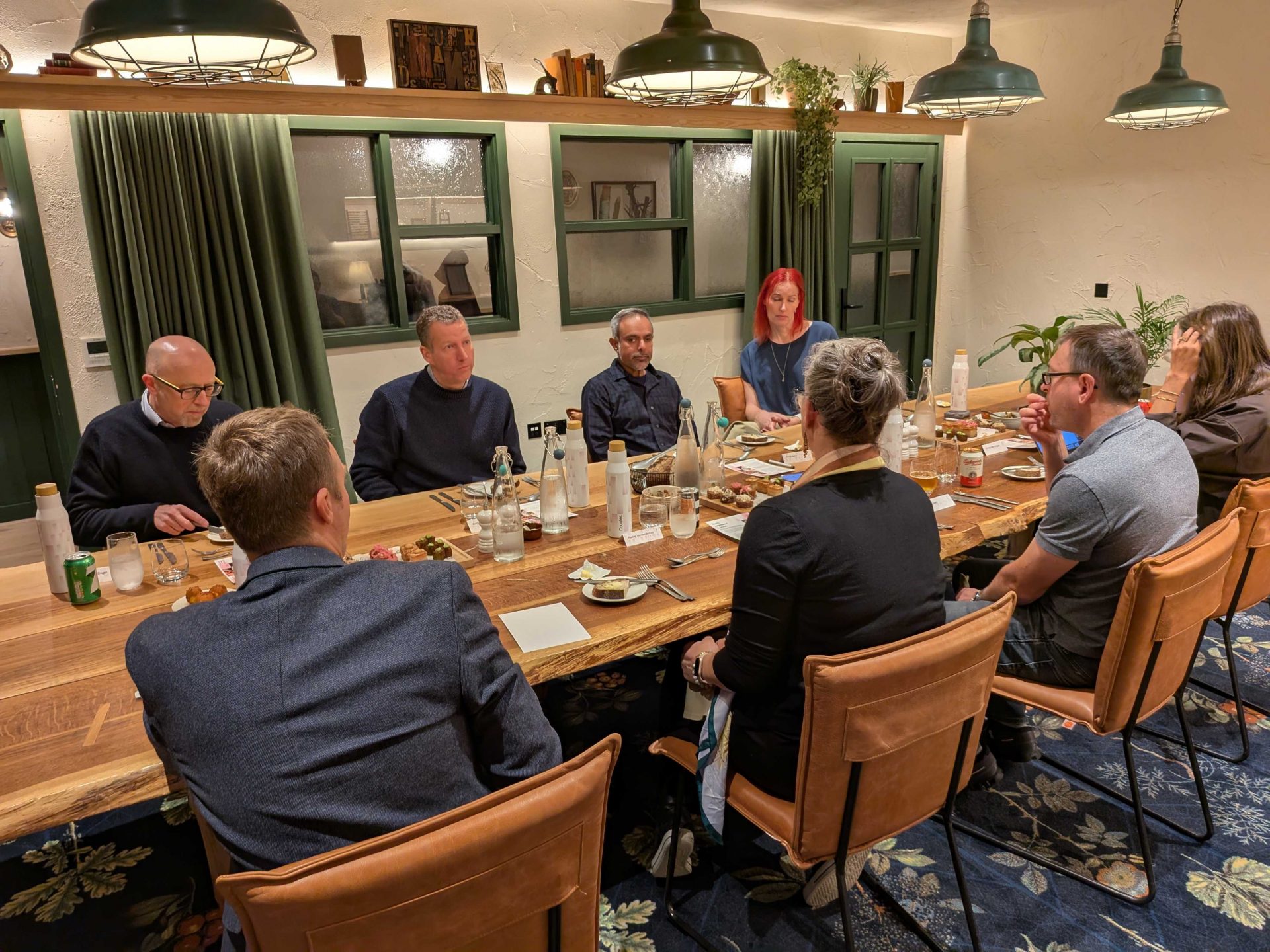At our latest Tech Leaders’ Lunch, conversation turned to one of the toughest challenges facing technology leaders today: how to navigate restructuring and redundancy while keeping teams motivated, informed, and resilient.
Across sectors from travel to government, leaders shared candid experiences of organisational change, the real drivers behind it, and the practical steps they’re taking to rebuild trust and momentum on the other side. What emerged was a refreshingly honest discussion about what works, what doesn’t, and what today’s tech teams need from their leaders in moments of uncertainty.
Below are the five key insights that resonated most around the table.
1. Restructures Aren’t Just About Cost, They’re About Competitiveness
Although layoffs are often framed as cost-cutting exercises, leaders agreed the reality is far more complex.
Large organisations can drift into inefficiency: duplicated roles, unclear ownership, overly large teams, or outdated structures that make delivery slow and murky. One attendee put it plainly: it’s about “getting the right sizing of teams” and ensuring the organisation can actually compete.
AI is accelerating this pressure. It’s not always about reducing headcount, but it is reshaping the skills, capabilities, and structures that businesses rely on. And for public-sector leaders, external funding decisions can trigger repeated waves of redesign, often without a predictable long-term plan.
The takeaway: Restructuring is ultimately a strategic question, not a spreadsheet one.
2. Communication Will Make or Break the Entire Process
If the “why” behind restructuring is complex, the group agreed the “how” should be anything but.
The strongest message of the lunch: Be direct. Be honest. Don’t drag it out.
Leaders shared painful stories of organisations leaving employees “on tenterhooks” for months at a time—sometimes over a year. The impact on morale, psychological safety, and productivity is profound and long-lasting.
Several leaders echoed the same principle: “Cut once, cut deep.” If cost is the driver, say so. Ambiguity erodes trust far faster than tough news.
3. The Narrative Matters: Move Teams from ‘Victim’ to ‘Protagonist’
Leaders discussed the importance of reframing the situation for teams who remain after a restructure.
A powerful lens emerged: shift the mindset from feeling acted upon (“Why is this happening to us?”) to having agency (“We’re still here—what can we build next?”).
This isn’t spin. It’s about helping teams focus on what’s within their control and how they can shape the future of the organisation.
4. Rebuilding Starts Immediately and It Starts With Delivery
Once the restructure is complete, leaders must move quickly to reconnect the team to meaningful work.
Engineers and product teams thrive when they can build, test, and see their work ship. Prolonged reprioritisation or stalled delivery which are common during shake-ups can drain momentum fast.
One leader put it simply: teams need to work on things that feel meaningful.
At the same time, a stronger commercial mindset is crucial. When teams understand revenue, margin, and market pressures, they’re more resilient when organisational realities shift.
How to make it work:
- Prioritise getting delivery up and running again.
- Reaffirm purpose through tangible outcomes, not slide decks.
- Bring teams closer to the commercial “why” behind decisions.
5. Consistency, Cadence, and Culture Will Shape the Recovery
Restructuring creates a leadership vacuum, not always in title, but in visibility. The group agreed that leaders must be consistently present, even when the messages are hard.
One attendee recalled a manager who met with direct reports every six weeks: “genuinely not good enough.”
Adopting a “sports team” mentality rather than a “family” frame resonated strongly. In high-performance environments, change is expected, roles shift, and people move in and out, but the mission remains.
How to make it work:
- Set up regular check-ins with clear, honest communication.
- Focus on performance, shared goals, and collective resilience.
Use employee feedback surveys not just before bad news, but as a routine health check, quarterly or more.
The Bottom Line
Leading through restructuring requires a balance of commercial realism and human understanding. The organisations that recover fastest tend to share the same traits: clear communication, transparency of intent, rapid re-establishment of meaningful delivery, and leaders who stay close to their teams.
The message from this Tech Leaders’ Lunch was clear:
You can’t remove the pain of restructuring, but you can dramatically reduce the lasting damage.
And with the right approach, you can even come out stronger on the other side.



